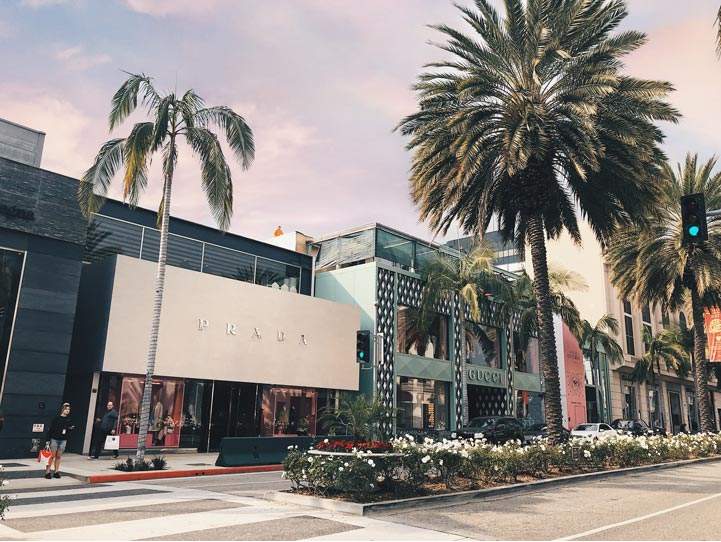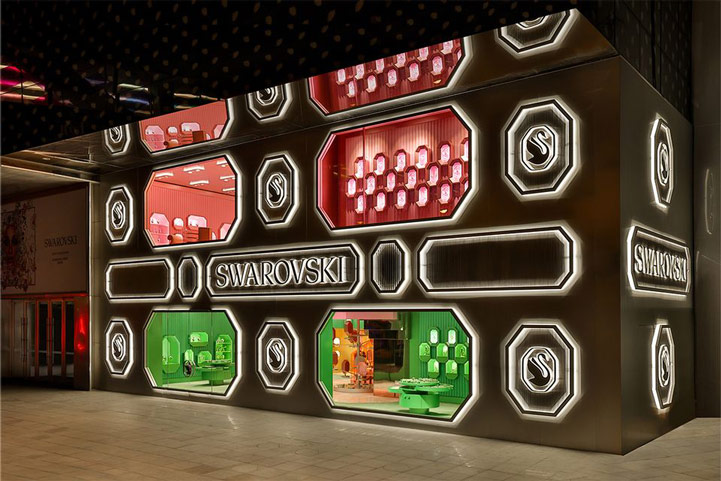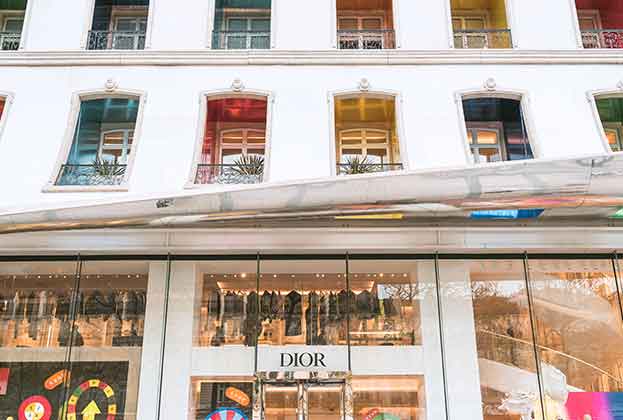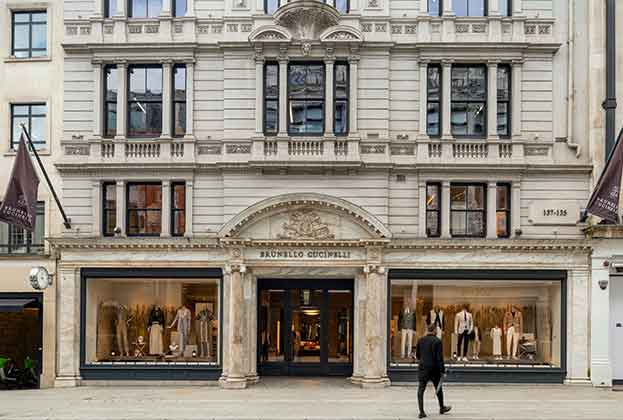Where are the opportunities in 2023 and beyond?
Bain is forecasting that the global personal luxury market will grow by 5–7% per annum through to 2030, representing a total expansion of more than 50% to €580 billion. With brands continuing to drive sales growth through their owned store network, realising this market potential will no doubt mean more stores globally alongside upsizing of existing stores in key markets.
As seen last year, this is likely to mean a continued focus on major Global and destination cities, with smaller, highly affluent gateway cities, particularly those in Europe, moving up the agenda.
For those brands looking to secure new space, 2023 may be the opportune time to do so, as a number of key luxury destinations still have headline rents below pre-Covid levels. Toronto, London and Hong Kong, all of which are key luxury destinations, have prime headline rents on their premier luxury streets at least 10% lower than those seen in Q4 2019, although they have seen some rental recovery from the lows seen during the pandemic. In the case of Toronto and London, the differential to 2019 levels is 21% and 17%, respectively.
In contrast, Paris and Milan have prime headline rents at or above pre-Covid levels, helped in part by very tight levels of store availability. The upward pressure on prime headline rents on Milan’s Via Montenapoleone means that it now has the highest luxury retail rents in Europe, a position previously held by London’s Bond Street.
The major Global cities and destination markets will naturally have an appeal to expansive luxury brands, irrespective of headline rental levels. And while the key luxury destinations in these cities will and should be key areas of focus, there are nuances within these locations, and even across cities, that could provide brands with interesting opportunities. Drawing on our agent intelligence, some of which is covered in more detail throughout this report, we summarise some of these opportunities below.

Luxury store opportunities to watch
But, securing opportunities is again becoming very competitive
In the immediate aftermath of the pandemic, there were increased opportunities in some markets for those brands wanting to expand their store network or looking to relocate and/or upsize existing stores. The quantum of these opportunities, however, is dwindling as vacancy rates across a number of key luxury locations are falling. This is reflected in agent sentiment. In Q3 2021, our agents cited that availability across the major luxury locations globally against pre-Covid levels averaged 2.2 on a scale of 1-5 (1= no change, 5 = significant change). In Q1 2023, this had reduced to 1.7. This was also reflected in sentiment around landlord incentives, which averaged 2.5 out of 5 in Q1 2021 and now stands at 1.8. It is this that is driving rents in some markets above pre-Covid levels.
As historically been the case, the competitive nature of the market is elevating the value of good advice, more so than ever as the variety of deal structures and rental tone we’re seeing across a number of retail markets has become increasingly varied. This has been amplified by the timing of recent deals, with some reflecting a pandemic discount that no longer exists, asset and landlord specifics. With existing opportunities on the wane, knowledge of potential off-market opportunities and future redevelopments is key, further reinforcing the need for good advice based on strong market knowledge.

Blurring of hospitality and luxury retail will help to generate new expansion opportunities, both at a market and street level
We have seen the blurring of hospitality and luxury retailing intensify over the last five years. This has been via both incorporating a hospitality offer, as evidenced by Dior’s reopened Paris flagship store and direct investment into pure hospitality businesses, such as LVMH’s acquisition of luxury hotel brand, Belmond, in 2019. The next evolution of this trend is the ability of luxury hotel and hospitality groups to enlarge and strengthen luxury retail destinations as they can bring an increasing number of HNWI into the market.
Many of the top luxury hotel brands, such as St Regis, Six Senses, Mandarin Oriental, Aman and Rosewood Hotels, are actively expanding their global footprint. While much of this expansion is focused on traditional resort markets in the Caribbean and the Indian Ocean, we are seeing a growing interest in city markets and leisure destinations in Europe and the Middle East. For example, within a one-mile radius of Bond Street, ten new luxury hotels will open by the end of 2025, including the first London outposts for St Regis, Raffles and The Peninsula. Likewise, we are seeing similar new openings slated for Vienna, Munich, Amsterdam, Istanbul and new resort markets in Saudi Arabia.
New hotel openings by key luxury brands are also helping to create and elevate new luxury retail pitches. In London, the development of St Regis on the corner of Conduit and Bond Street is helping to strengthen the appeal of this part of Bond Street to luxury retail brands, as well as raise the profile of the southern end of Conduit Street. In Milan, the opening of hotel Portrait Milano by Ferragamo in Corso Venezia is helping to extend the luxury pitch with a number of luxury brands now happy to explore opportunities within the vicinity of the hotel, albeit helped by the fact that there is little to no availability within the primary luxury pitches of Via Montenapoleone and Via Bagutta. A similar trend is being observed in Madrid with the opening of the country’s first Four Seasons Hotel and Private Residences close to Gran Via in the city, as the wider development includes a luxury retail area known as Galería Canalejas with recently secured tenants, including Louis Vuitton and Jimmy Choo.

While demand will remain robust, we’re expecting to see fewer new store openings in 2023
In quantum terms, however, we do think total new openings in 2023 will be down on that seen in 2022. This will be down to fewer opportunities in the Global Alpha cities combined with slower store expansion in China now that the travel ban has been lifted.
While new store openings may reduce, demand will remain robust. This, alongside reduced vacancy, will generate upward pressure on prime headline rents. For those key luxury destinations where rents are still below pre-Covid levels, like Bond Street in London, Ortega y Gasset in Madrid and Canton Road in Hong Kong, now may prove to be an opportune time to secure new space.
What is clear is that the ‘bargains’ that may have existed in the immediate aftermath of the pandemic have dissipated with competition in the major luxury cities largely back to pre-Covid norms. In some cases, demand is exceeding pre-Covid norms, pushing rents ahead of those seen in 2019. What is good news for expansive luxury brands is that the potential opportunities for store growth have expanded beyond the traditional Global cities, which will provide greater prospects for store growth.
Read the other articles within 'Global Luxury Retail 2023 Outlook' below
.jpg)

